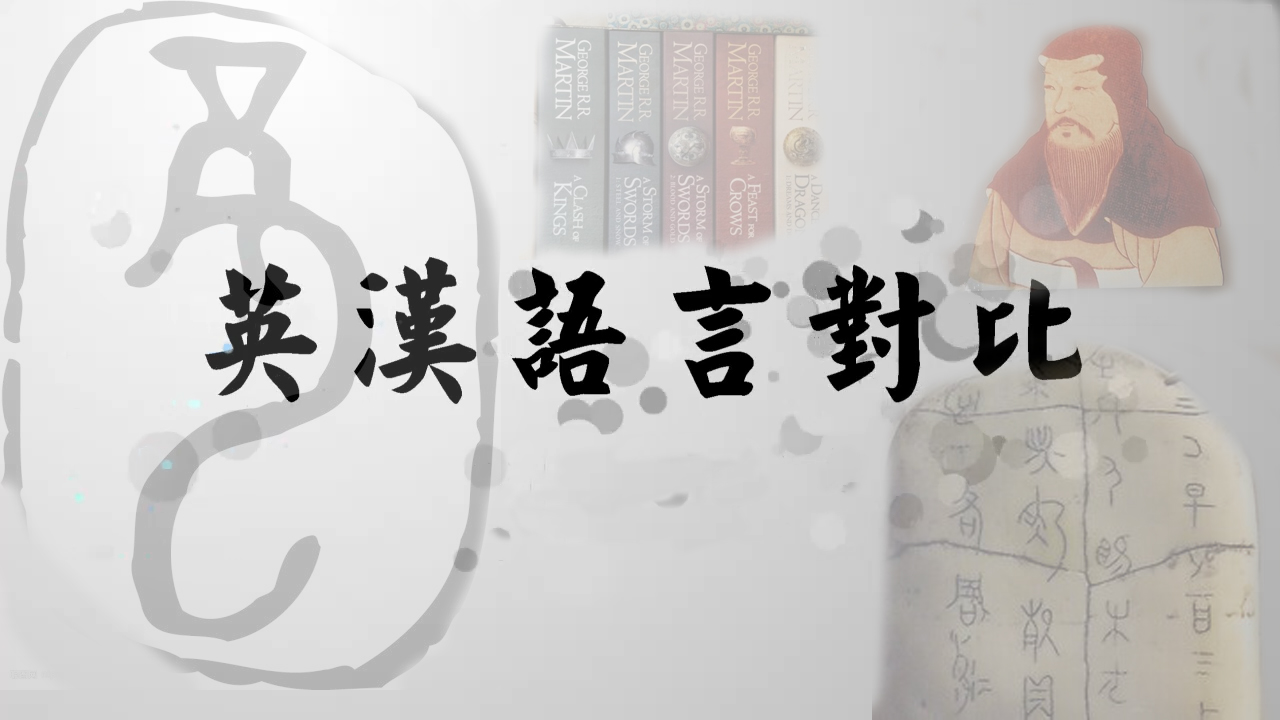
当前课程知识点:Production Engineering > Chapter 7 Water Injection > 7.2 Injectivity Analysis > 7.2.2 Injectivity Test
返回《Production Engineering》慕课在线视频课程列表
返回《Production Engineering》慕课在线视频列表
同学们好
我们知道分层注水
是油田精细化管理的重要手段
确定分层吸水能力
是实施分层注水的关键
我们本节来学习
分层吸水能力的测试方法
首先我们先学习如何采用
放射性同位素测吸水剖面
我们将带有放射性同位素的固体颗粒
掺入注入水中 注入井下
并且固体颗粒的粒径大小
稍微大于地层孔隙介质的孔喉尺寸
这样注入的带有同位素的注入水
进入地层之后
固体的放射性颗粒
就吸附在岩石的表面
注入的水越多
吸附的固体颗粒的量就越大
我们采取测量放射性元素的仪器
沿井筒进行测试
就可以得到如下的这样的一条曲线
那么在这样的曲线当中
没有下入放射性元素的
测出来的自然伽马曲线
作为一个基础
测量的带有放射性元素的曲线
我们就可以得到的就是
吸水剖面的这条曲线
对于泥岩段或者是不吸水的
未射开的层段
我们会发现自然伽马曲线和
测量的吸水剖面的曲线是重合的
那么对于吸水的这种层位来说
我们经过自然伽马和放射性的这种曲线相对比
我们就可以得到这样的一种异常的区域
通过这种异常区域的变化
我们就可以得到相对每一个层位
它的吸水量的多少
所以处理这样的曲线
我们就可以获得
分层的相对吸水量
也就是用该层的异常面积
比上全井的异常面积
来获取该层 它的相对吸水量大小
这就是采用放射性同位素的办法
来测量吸水剖面的一种手段
那么在这样的一种方法里面
我们发现这种吸水能力的测试
只是得到了相对的吸水量
而并没有得到我们更关心的
吸水指数的大小
我们下面介绍的这种投球法测试
分层指示曲线的方法
就是能够解决定量化的
获取吸水指数的一种办法
投球法来测试分层的指示曲线
是采用这样的一种特殊的测量管柱
在这个管柱当中
有封隔器来卡住每一个层位
对于每一层当中有配水器
还有一个投球的阀座
我们采用投球的方式
将最下层堵住
然后开始测量全井的吸入量和
注入压力之间的关系
这个时候我们投入一个球
将层位III 最下端的这个层堵住
在同样的注入压力之下
进行两个层位的测试
得到不同的注入量和
注入压力之间的关系
依次类推 我们投入第二个球
将这个层位堵住
要注意的是这个球的投入是将
这个层及以下的各层都堵住了
我们去测试这个层
它所对应的注入压力
和注入量之间的关系
如果以上还有更多的层的话
我们可以通过投球的方式依次的
去堵住以上的各个层位
将以上的测试过程完成之后
我们需要对测试的资料
进行整理和分析
首先我们要获得第一层段的注水量
其实也就是我们投入最后一个球
测得的注水量的大小
而获得第二层的注水量
我们就需要做一个减法
是将投入第一个球的注水量
减掉投第二个球的注水量
得到的就是第二层段的
注水量的大小
同样的 第三层段的注水量
我们采用的是全井的注水量
减掉投入第一个球的注水量
得到了第三层的注水量大小
这样的一种办法
我们就可以通过投球的方式
来得到多个层位
每个层的注入量
和注入压力之间的关系
我们就可以绘出
这样的分层指示曲线
对于每一个层位
都得到它所对应的指示曲线
在这样的测量过程当中
我们需要注意以下的几个方面
首先我们一般对于每一条曲线来说
都要测量4到5个测试点
每一个测试点的测试压力
要有一定的间隔
一般来说
间隔要有5到10乘以10的3次方千帕
其中这4到5个测试点中
要包含有一个正常的注水点
这是我们在做每层测试的时候的
基本的测试点的要求
采用这样的办法我们得到了指示曲线
而且还可以得到
每个层的注水的吸水指数
这样对于我们具体进行分层注水
就提供了依据
第三种办法 我们介绍井温法
来确定吸水层位
我们来看一下这样的温度分布曲线
首先曲线A代表的是
这口井它的地温梯度
随着不同的深度
地层温度的变化情况
如果是从井口注入水的话
那么井筒中的温度
又是怎么样的一种分布
我们知道地层的水
一般温度是较低的
沿井筒注入之后
井筒跟地层之间有了温度差
有了热量的交换
我们就可以得到这条曲线B
这条曲线代表的就是
随着井筒深度的增加
温度逐渐的增加
到达地层之后
温度基本上是一个恒定的
就是ab这样的一段
到了吸水层位之后的这一部分
温度又迅速地升高到
地温梯度的这样的一条曲线上
随着注入速度的增加
B这条曲线要逐渐的向左移动
在极限的情况之下
我们可以得到C的这条线
这条线的意思就是
井口的温度向下注入的时候
温度没有变化
保持井口温度到达地层的位置
当然这条曲线是理论上的一条曲线
这是注入过程当中井筒温度的变化
如果注入之后停注了一段时间
井筒中的温度
又会发生什么样的变化
我们看曲线A依然是地温梯度曲线
曲线C是我们注入过程当中的
井筒温度的曲线
而曲线B就是
停注一段时间之后井筒中温度的变化
其中在吸水层段以上的部分
因为井筒与周围地层的温度差
产生的热交换
使得这个温度逐渐的上升
得到了曲线B
而在吸水层位当中
因为注入的水已经到了层位的远端
使得在吸水层位里面的温度恢复得较慢
保持了一个比较低的状态
也就是这个地方的
ab这样的一段
所以我们再去测试
井筒中的温度剖面的时候
我们通过这种
异常的温度降低的层段
我们就可以获取到这个井
它的吸水层位在什么位置上
这就是采用井温的办法
来确定吸水层位的一种手段
比较我们以上的三种测试方法
它是从不同的侧面
来获取地层的吸水能力
吸水区域的这样的一些办法
这样的一些测试手段
就为我们今后来进行分层注水提供了依据
这就是本节介绍的主要内容
同学们 再见
-1.1 Main Tasks of Production Engineering
--1.1 Main Tasks of Production Engineering
-1.2 Flow in Production System
--1.2 Flow in Production System
-Problems
--Chapter 1 - Problems
-2.1 IPR Curve and Well Productivity
--2.1.1 Single-Phase Oil Inflow Performance Relationships
-2.2 Vogel's IPR and Applications
--2.2.2 Determination of IPR Curves Using Vogel's Equation
--2.2.3 Skin Factor and Flow Efficiency
--2.2.4 Extension of Vogel's Equation for Non-Complete Wells
--2.2.5 Combination Single-Phase Liquid and Two-Phase Flow
-Problems
--Chapter 2--Problems
-3.1 Two-Phase Flow in Wellbore
--3.1.1 Flow Regimes in Vertical Flow
-3.2 Two-Phase Vertical Flow Pressure Gradient Models
--3.2.1 Two-Phase Pressure Gradient Equations
--3.2.2 Predicting Gas-Liquid Flow Regimes Using the Okiszewski Correlation
--3.2.3 Pressure Gradient Calculation Using the Okiszewski Correlation
-3.3 Vertical Lift Performance
--3.3 Vertical Lift Performance
-Problems
--Chapter 3--Problems
-4.1 Nodal Analysis Approach
--4.1.2 Solution Node at Bottom of Well
--4.1.3 Solution Node at Wellhead
-4.2 Flow through Chokes
--4.2.2 Solution Node at Choke
-Problems
--Chapter 4--Problems
-5.1 Principles of Gas Lift
--5.1.2 Initial Kick-off of Gas Lift
-5.2 Gas Lift Valves and Gas Lift Completions
-5.3 Gas Lift Design
--5.3.1 Gas Lift Design for Specific Production Rate
--5.3.2 Gas Lift Design for Specific Injection Rate
--5.3.3 Kick-off Procedure with Unloading Valves
--5.3.4 Design Depths of Unloading Valves
-Problems
--Chapter 5--Problems
-6.1 Introduction of Surface and Downhole Equipment
-6.2 Operating Principle of Sucker Rod Pumps
-6.3 Pumping Unit Kinematics
--6.3.1 Motion of Polished Rod-Simple Harmonic Motion
--6.3.2 Motion of Polished Rod-Crank and Pitman Motion
-6.4 Polished Rod Load
--6.4.3 Peak Polished Rod Load and Minimum Polished Rod Load
-Problems
--Problems for chapter 6: Sucker Rod pumping I
-6.5 Calculation of Counterbalancing, Torque and Power
--6.5.1 Balance of Pumping Unit
--6.5.2 Counterbalancing Calculation
--6.5.3 Torque and Torque Factor
-6.6 Volumetric Efficiency of Pump
--6.6.2 Gas Effect on Pump Performance
--6.6.3 Measures of Enhancing Pump Volumetric Efficiency
-6.7 Design of Pumping System
--6.7.1 Strength Calculation and Design of Sucker Rod Strings
--6.7.2 Design Procedures of Pumping System
-6.8 Analysis of Sucker Rod Pumping Well Conditions
--6.8.1 Acoustic Surveys and Analysis of Annular Liquid Levels
--6.8.2 Introduction of Dynamometer Card
--6.8.3 Typical Dynamometer Cards
-Problems
--Problems: Chapter 6: Sucker Rod Pumping (II)
-7.1 Water Injection System
--7.1.1 Water Resources and Water Treatment
--7.1.2 Introduction of Water Injection System
-7.2 Injectivity Analysis
--7.2.1 Injectivity and Injectivity Index Curves
-7.3 Injection Tubing String
--7.3 Introduction of Injection Tubing Strings
-7.4 Analysis and Application of Injectivity Index Curves
--7.4.1 Analysis of Injectivity Index Curves
--7.4.2 Injection Choke Deployment
-Problems
--Chapter 7--Problems
-8.0 Introduction
-8.1 The Fracturing of Reservoir Rock
--8.1.1 Basic Rock Mechanics Parameters
--8.1.4 Fracture Initiation Conditions
-Problems
--Chapter 8(I)--Problems
-8.2 Fracturing Fluids
--8.2.2 Fluid-Loss Properties of Fracturing Fluids
--8.2.3 Rheological Properties of Fracturing Fluids
-8.3 Proppants
-8.4 Hydraulic Fracturing Design
--8.4.1 Productivity Index of Hydraulic Fracturing Wells
--8.4.2 Fracture Geometry Models
--8.4.3 Design Procedure for Hydraulic Fracturing
-Problems
--Chapter 8(II)--Problems
-9.0 Introduction
-9.1 Carbonate Acidizing
--9.1.1 Mechanism of Carbonate Acidizing
--9.1.2 Effect Factors of Reaction Rate
--9.1.4 Effective Distance of Live Acid
-9.2 Sandstone Acidizing
--9.2.1 Mechanism of Sandstone Acidizing
--9.2.2 Mud Acid Treatment Design
-9.3 Acidizing Treatment Technologies
--9.3.2 Acidizing Treatment Operations
-Problems
--Chapter 9--Problems
-Final Exam

